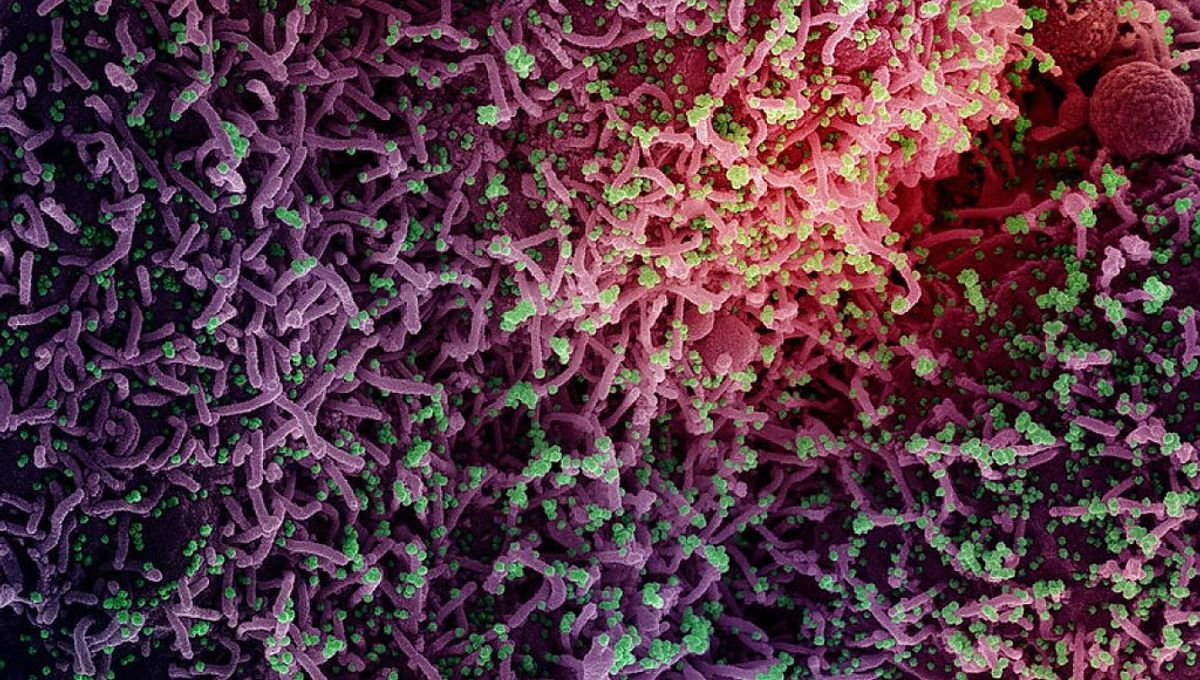Ever since the Möbius strip was created by August Ferdinand Möbius and Johann Benedict Listing, its simplicity in construction and visualization has always been counterbalanced by the mathematical complexity of its shape. In fact, back in 1977, Charles Sidney Weaver and Benjamin Rigler Halpern formulated the Halpern-Weaver Conjecture, which aimed to determine the minimum ratio between the strip’s width and length. According to their conjecture, if the strip had a width of 1 centimeter (0.39 inches), its length had to be at least the square root of 3 centimeters (approximately 1.73 centimeters or 0.68 inches).
However, when it came to smooth Möbius strips that were “embedded” and didn’t intersect with each other, the conjecture seemed unsolvable. That is until mathematician Richard Evan Schwartz from Brown University proposed a solution in 2020. He suggested that if the strip could pass through itself, the problem would become much easier to solve. Unfortunately, Schwartz initially made a mistake in his proposal, but he later corrected it in a preprint paper, which is yet to undergo peer review.
The key to Schwartz’s solution lies in a lemma from his previous paper. He discovered that straight lines exist on the surface of Möbius strips, passing through every point and ending at the boundaries. To prove the first part of the lemma, he needed to establish the existence of perpendicular lines to these straight lines within the same plane. And he succeeded.
“It is not at all obvious that these things exist,” Schwartz admitted in an interview with Scientific American.
The next step in Schwartz’s journey was to slice up the Möbius strips and analyze the shapes they formed. His idea was to simplify the problem by flattening the strip onto a plane. Initially, he believed that a sliced strip would resemble a parallelogram, but it turned out to be a different quadrilateral – a trapezoid.
“When I recalculated, I obtained the number that confirmed the conjecture,” Schwartz exclaimed. “I was completely astonished… I spent the next three days barely sleeping, just documenting my findings.”
The preprint of Schwartz’s paper has been made available on ArXiv.
[H/T: Scientific American]








